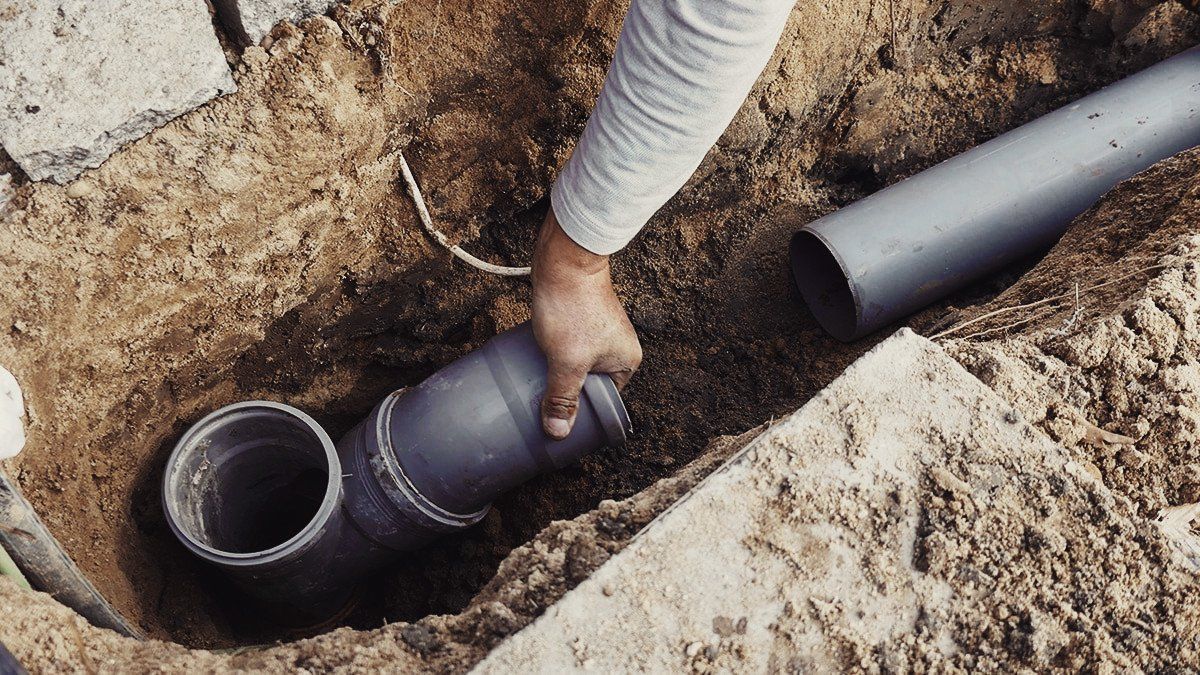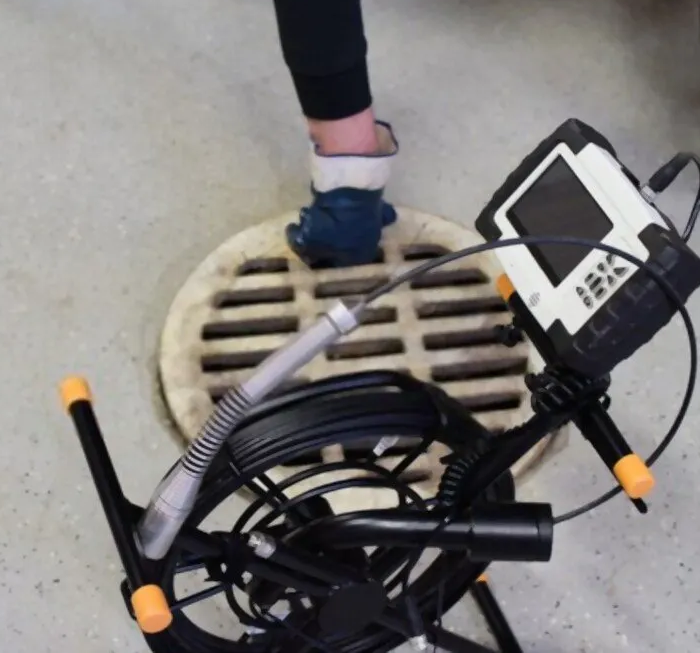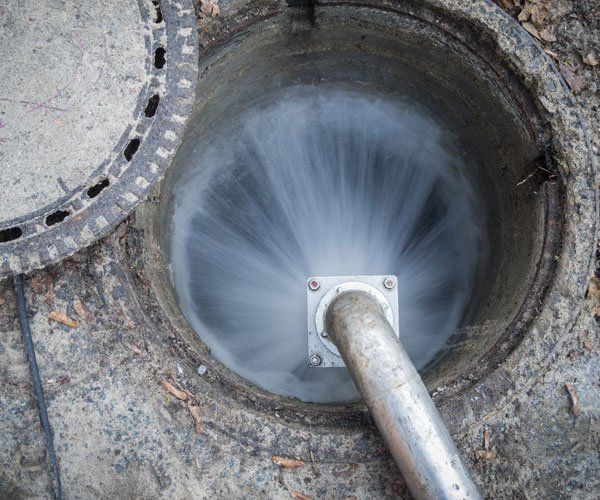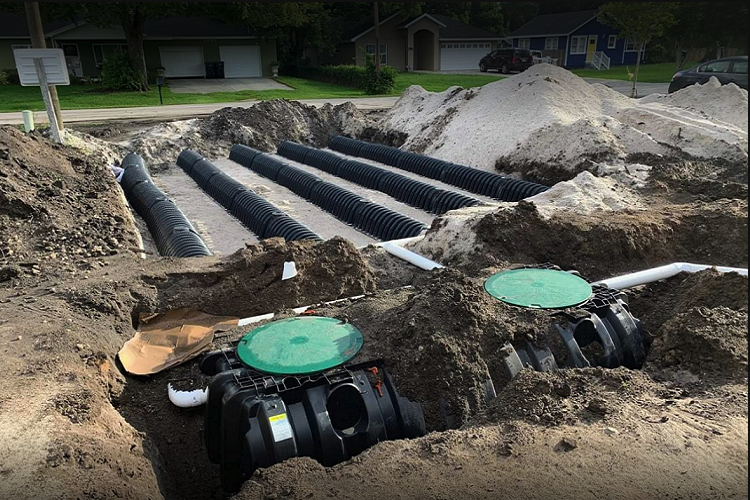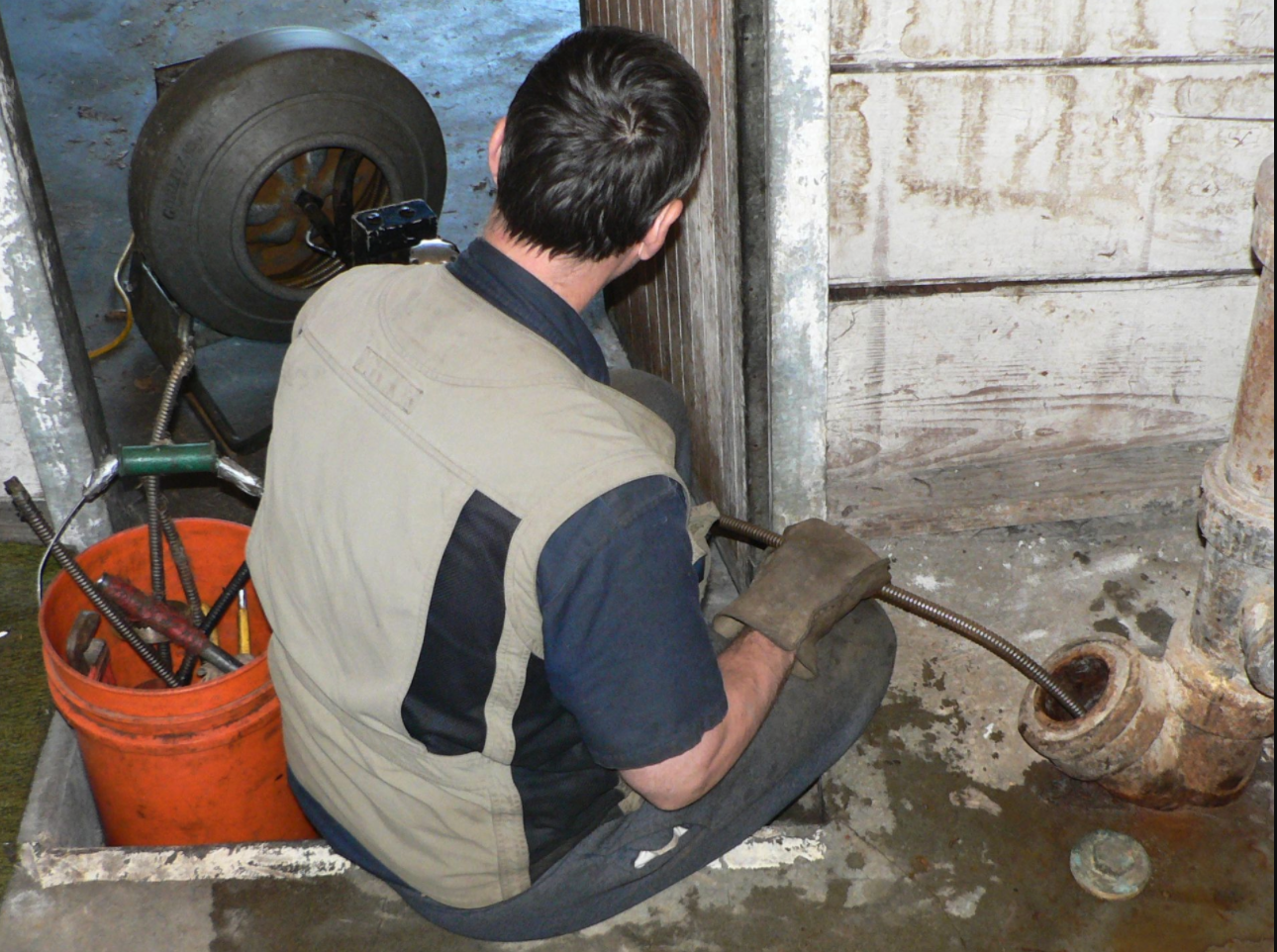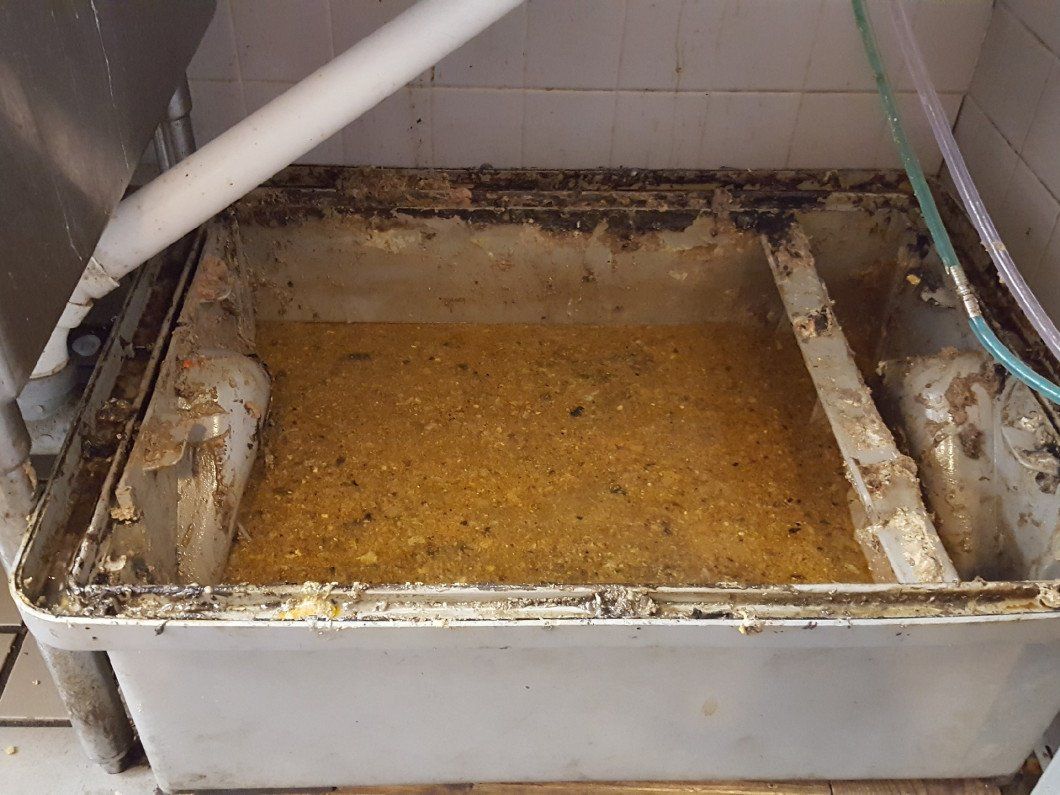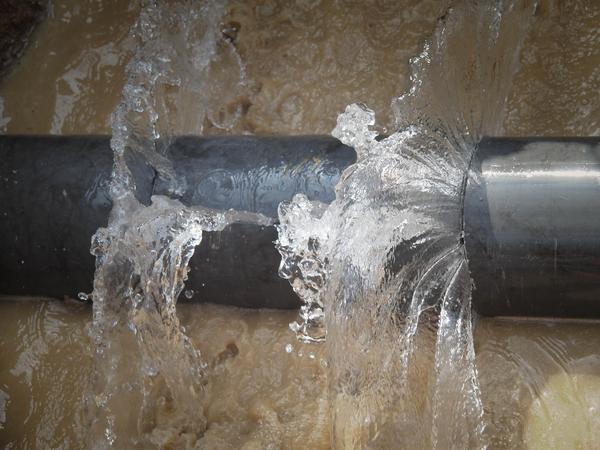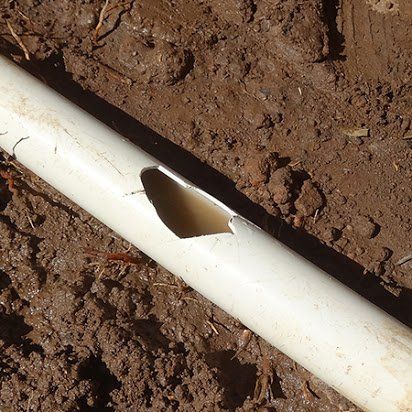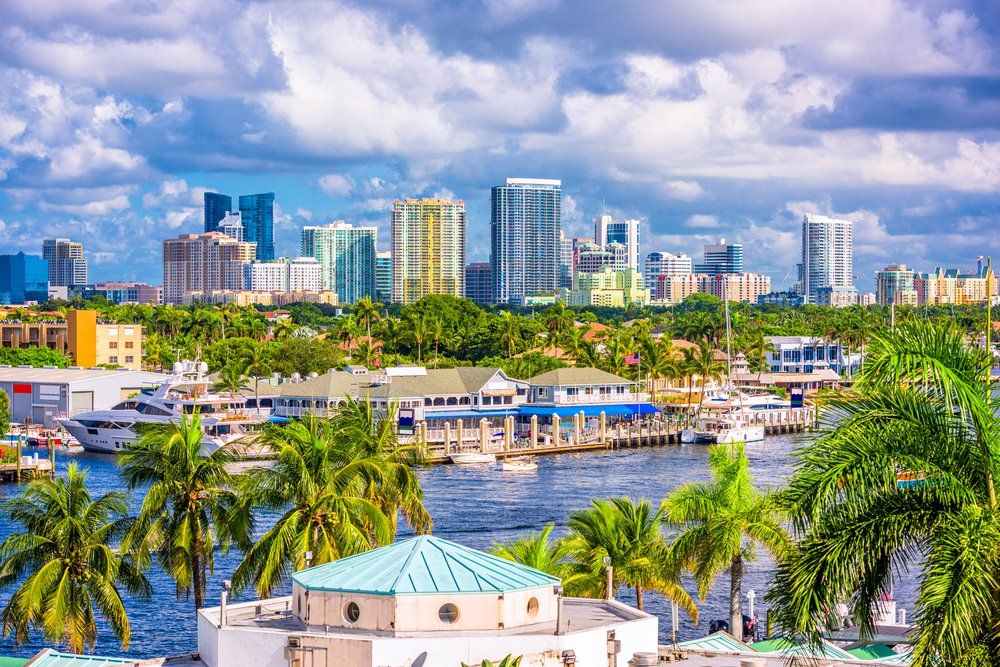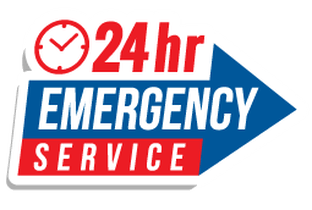FIRST CALL SEPTIC TANK SERVICE COVERS ALL MIAMI DADE AND BROWARD COUNTIES INCLUDING:
Hollywood |
Hallandale |
Plantation |
Davie |
Cooper City |
Southwest Ranches |
Weston |
Miramar |
Pembroke Pines |
Aventura |
Sunny Isles |
Bal Harbour |
Bay Harbor | Dania Beach |
Fort Lauderdale | Miami Beach |
Key Biscayne |
Miami Gardens |
Miami Springs | North Miami Beach |
Doral |
Kendall Pinecrest |
Coral Gables |
West Miami |
South Miami |
Cutler Bay |
Hialeah |
Hialeah Gardens
First Call Septic Services
in Fort Lauderdale, FL
Water - Jet Plumbing Cleaning in Fort Lauderdale, FL
We offer hydro jetting services to UNCLOG all those IMPOSSIBLE drains!! When regular snaking or low pressurized jetting doesn’t do the trick.
Snake Drill Drain Cleaning in Fort Lauderdale, FL
We have all of the latest gadgets, gizmos and potions to eliminate any stoppage in your plumbing system..
Schedule your professional First Call Septic Service Todayin Fort Lauderdale, FL and ask for your Free Quote
Fort Lauderdale is a city in the U.S. state of Florida, 25 miles (40 km) north of Miami. It is the county seat of Broward County. As of the 2019 census, the city has an estimated population of 182,437.[11] Fort Lauderdale is a principal city of the Miami metropolitan area, which was home to an estimated 6,198,782 people in 2018.[12]
The city is a popular tourist destination, with an average year-round temperature of 75.5 °F (24.2 °C) and 3,000 hours of sunshine per year. Greater Fort Lauderdale, encompassing all of Broward County, hosted 13 million overnight visitors in 2018. There were over 560 hotels, and nearly 36,000 hotel rooms. From that, the county collected nearly $87 million from its 5% hotel development tax it charges. Additionally, 3.89 million cruise passengers passed through its Port Everglades, making it the 3rd largest cruise port in the world.[13] Greater Fort Lauderdale has over 4,000 restaurants, 63 golf courses, 12 shopping malls, 16 museums, 132 nightclubs, 278 parkland campsites, and 100 marinas housing 45,000 resident yachts.[14]
Fort Lauderdale is named after a series of forts built by the United States during the Second Seminole War. The forts took their name from Major William Lauderdale (1782–1838), younger brother of Lieutenant Colonel James Lauderdale. William Lauderdale was the commander of the detachment of soldiers who built the first fort.[15] Development of the city did not begin until 50 years after the forts were abandoned at the end of the conflict.
Three forts named "Fort Lauderdale" were constructed: the first was at the fork of the New River, the second was at Tarpon Bend on the New River between the present-day Colee Hammock and Rio Vista neighborhoods, and the third was near the site of the Bahia Mar Marina.[15]
Fort Lauderdale's first major development began in the 1920s, during the Florida land boom.[21] The 1926 Miami Hurricane[22] and the Great Depression of the 1930s caused a great deal of economic dislocation. In July 1935, an African-American man named Rubin Stacy was accused of robbing a white woman at knife point. He was arrested and being transported to a Miami jail when police were run off the road by a mob. A group of 100 white men proceeded to hang Stacy from a tree near the scene of his alleged robbery. His body was riddled with some twenty bullets.[23] The murder was subsequently used by the press in Nazi Germany to discredit U.S. critiques of its own persecution of Jews, Communists, and Catholics.[24]
When World War II began, Fort Lauderdale became a major U.S. base, with a Naval Air Station to train pilots, radar operators, and fire control operators. A Coast Guard base at Port Everglades was also established.[25]
After the war ended, service members returned to the area, spurring an enormous population explosion that dwarfed the 1920s boom.[17] The 1960 Census counted 83,648 people in the city, about 230% of the 1950 figure.[30] A 1967 report estimated that the city was approximately 85% developed,[31] and the 1970 population figure was 139,590.[32]
After 1970, as Fort Lauderdale became essentially built out, growth in the area shifted to suburbs to the west. As cities such as Coral Springs, Miramar, and Pembroke Pines experienced explosive growth, Fort Lauderdale's population stagnated, and the city actually shrank by almost 4,000 people between 1980, when the city had 153,279 people,[33] and 1990, when the population was 149,377. A slight rebound brought the population back up to 152,397 at the 2000 census. Since 2000, Fort Lauderdale has gained slightly over 18,000 residents through annexation of seven neighborhoods in unincorporated Broward County.[34]
Source:





